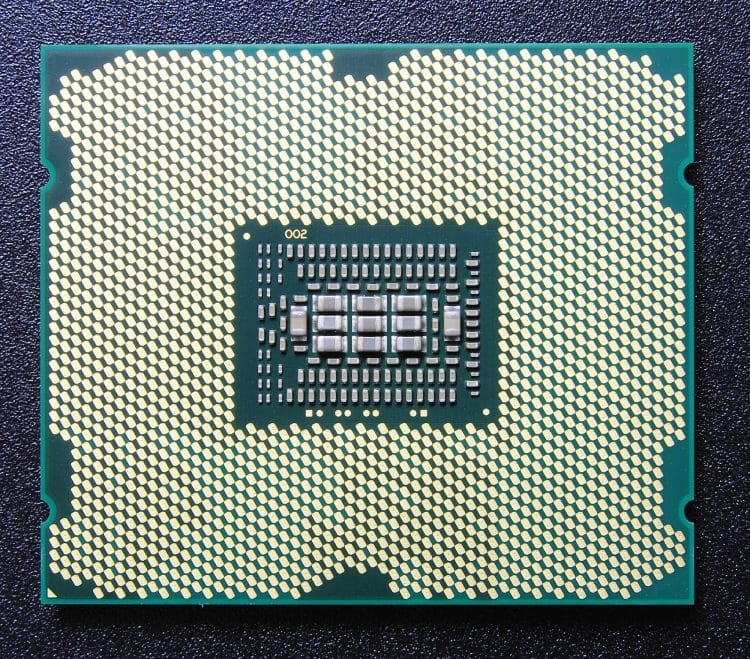With any new project or plan, a feasibility study is a good idea. However, it is an especially good idea when considering different technologies. Implementing technologies usually comes with a sizeable upfront investment, that will hopefully end up paying for itself.
But what is a feasibility study? According to Investopedia, “A feasibility study is an analysis that considers all of a project’s relevant factors—including economic, technical, legal, and scheduling considerations—to ascertain the likelihood of completing the project successfully.”
Any technology that is being considered for implementation must provide improvements. A feasibility study can provide a cost-benefit analysis.
According to CathLab Digest, “Typically, there are four areas that must be addressed when assessing the feasibility of adding new technology: 1. Technical assessment; 2. Cultural assessment; 3. Political assessment; 4. Financial assessment.”
One key aspect of the feasibility study is the realistic market potential (RMP). The RMP should identify the demand and use of the technology. Additionally, it should consider whether or not the technology is replacing or supporting existing technology and/or procedures.
Depending on what the technology is, it may support existing processes. It may replace existing technology, or it may even replace jobs performed by people. When considering a technology that replaces humans on the job. There are often benefits to having technology replace people, including reducing human error, and working faster, longer, and without needing breaks. Other considerations for implementing new technology include the initial cost and how long it will take to recoup the investment.
The cultural and political assessments are vital as well. Understanding the culture of your organization and how they adapt to change and/or technology is vital when considering implementing something new.
The political assessment includes ensuring buy-in from the people who are actually going to be using the new equipment or technology. A key aspect of political assessment is education on the benefits of the new technology and why it is important to the organization.
Finally, it is important to have a plan B, or a contingency plan for not adopting the new technology. In some cases, this might just be maintaining the status quo. However, there might be alternatives to the technology that need to be considered as well.












